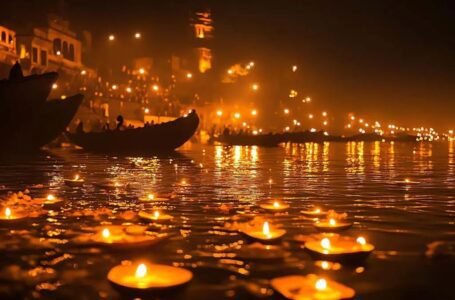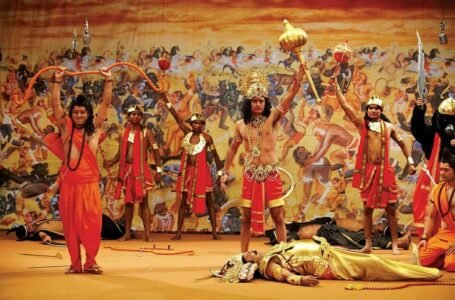Godavari: Dakshin Ganga (Ganges of the South)
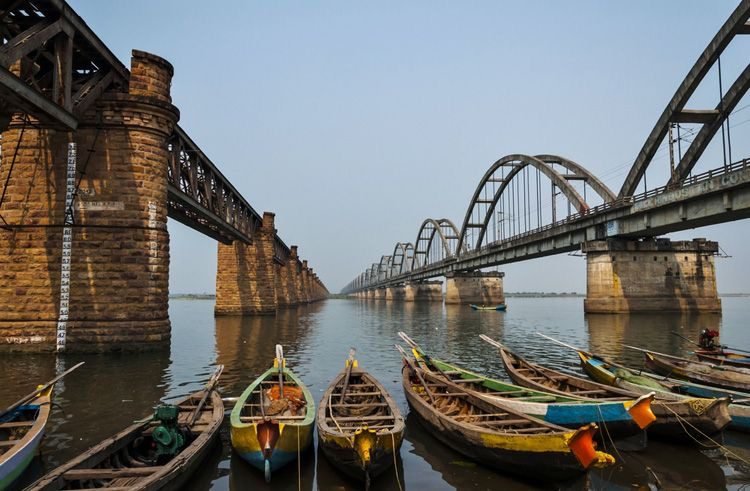
The Dakshin Ganga, or the Ganges of the South, is India’s second-longest river, after the Ganges. Stretching through the states of Maharashtra, Telangana, Andhra Pradesh, Chhattisgarh, and Odisha in approximately 1,465 km length, the river Godavari is crucial for the agricultural and economic growth of these states and holds deep cultural and religious significance, as waters flow by with pious immersions over 300 times at important sites enroute.
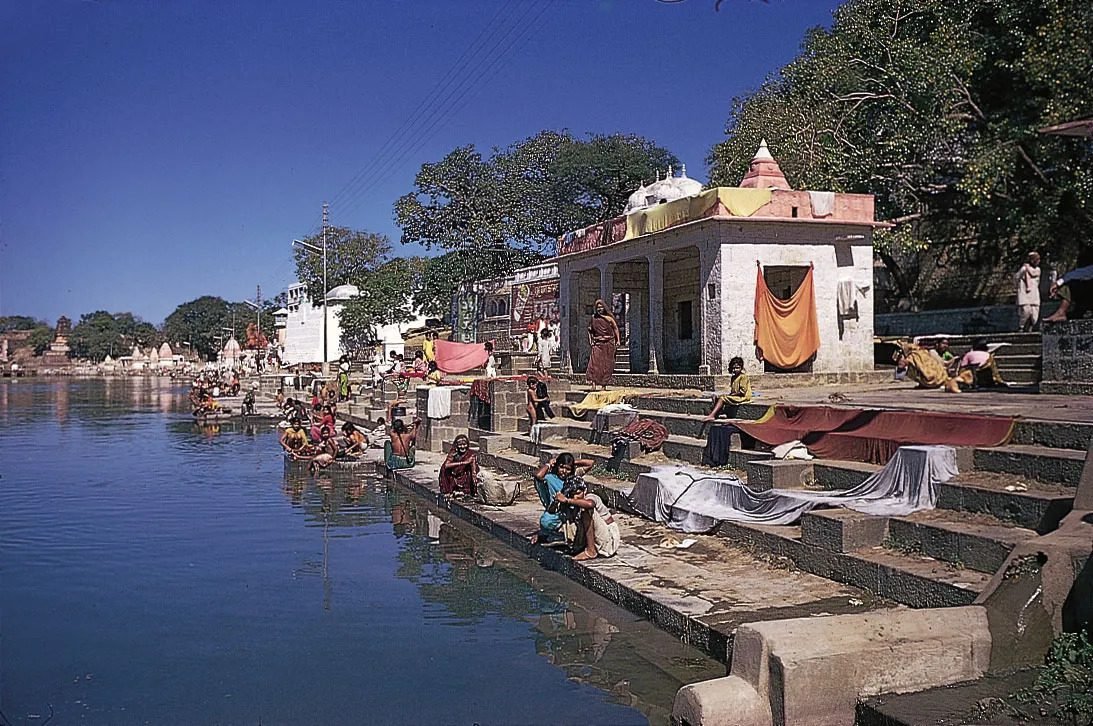
Millions of devotees visit the Godavari in search of religious purification. Related to Hindu pilgrimages, rituals, and festivals, it is facing tremendous environmental challenges such as pollution, deforestation, dam construction, and industrial activities although it is sacred. In recent years, several initiatives have been taken regarding the conservation of the Godavari to develop the place sustainably.
Origin of the Godavari River
It rises near Nashik in Maharashtra from the Trimbak Hills at an elevation of about 1,067 metres and flows east across central and southern India to cover a great catchment area of approximately 312,812 square kilometres. The river makes a fertile delta, entering Andhra Pradesh, before draining into the Bay of Bengal.
Along its course, Godavari has passed through many important cities that include Nashik, Nanded, Rajahmundry, and Polavaram. Many tributaries including the Manjira, Pranahita, Sabari, and Indravati rivers feed it. Its banks have undergone many agricultural productions like paddy, sugarcane, cotton, maize, and other numerous crops. The Godavari Delta is the most fertile land to the people of India. This area contributes greatly in the food produced by the country.
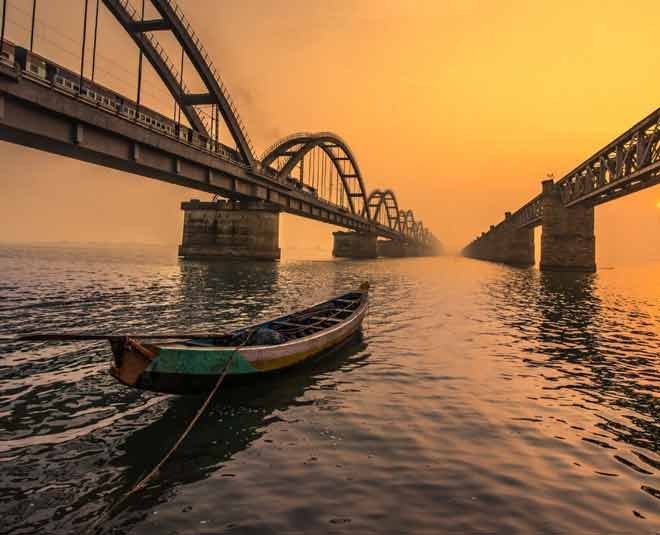
Apart from its agricultural importance, it is an essential source of drinking water, hydroelectric power, and industrial water. Whereas large dams such as Jayakwadi Dam in Maharashtra and the Polavaram Project in Andhra Pradesh have increased storage capacities and irrigation, they have also managed to pose some challenges to communities in terms of displacement and ecological disturbances.
Mythology and Religious Significance
The Godavari River is held in great reverence by Hindus and is indeed a part of religious culture. It is said to be one of the tears of the creator god of the universe, Lord Brahma. The other myth has it that this river finds its origin in the penance performed by the great sage Gautama Rishi. Gautama invoked the Ganga to exorcise himself from a curse, and the river took the form of Godavari to purify him as well as his hermitage.
Religious congregations like the Kumbh Mela in Nashik is one among the biggest religious gatherings in the world. Millions of devotees take a dip in the waters and are believed to wash away their sins. From all over the nation, pilgrims visit the Trimbakeshwar Temple, one of the 12 Jyotirlingas, near the origin of the river.
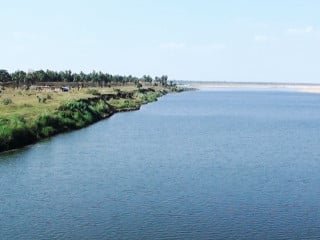 Another important event on Godavari is the Pushkaralu festival that happens once in every 12 years. At this time, devotees come together at all important pilgrimage places such as Nashik, Bhadrachalam and Rajahmundry to do rituals and offer their prayers. There are many temples for Lord Rama, Vishnu, and Shiva by the side of the river, making it in great importance among many religious epics, particularly the Ramayana.
Another important event on Godavari is the Pushkaralu festival that happens once in every 12 years. At this time, devotees come together at all important pilgrimage places such as Nashik, Bhadrachalam and Rajahmundry to do rituals and offer their prayers. There are many temples for Lord Rama, Vishnu, and Shiva by the side of the river, making it in great importance among many religious epics, particularly the Ramayana.
The Godavari is often termed the Dakshin Ganga due to the great place it occupies in southern India’s religious and cultural life, as is the case with the Ganges in the north. Its sacred waters are believed to liberate the soul; hence it is a favourite place for rituals that concern life and death.
Cultural, Historical, and Ecological Significance
The Godavari River is religiously very important and central to the history, economy, and ecology of the region. In the archaeological evidence, settlements dating from the Chalcolithic era in the basin of this river are seen. The Satavahana Dynasty and other kingdoms that later came along its banks assumed a very significant role in this river, in trading and exchanging cultures.

The Godavari supports diverse forms of ecosystems: it is well covered with tropical forests, wetlands, and fertile plains. The delta region of the Godavari presents diverse flora and fauna, such as migratory birds, freshwater fish, and endangered species such as olive ridley turtles. Forests alongside the river are essential for animals such as tigers, elephants, and leopards.
The river has been affected by grave environmental-related concerns in the last decade. The water quality of the river has been severely degraded by timber chopping, industrial pollution, agricultural runoff, and municipal wastes. Various types of dam and irrigation projects have changed the natural flow of the river and affected ecosystems as well as local communities. Tribal population displacement because of dam constructions has given rise to protests and raised the debate over environmental justice.
Conservation Efforts and Modern Challenges
The Godavari River is almost fraught with the most rampant environmental as well as socio-economic challenges. It is polluted by industries, cities, and agriculture that have polluted it and deprived it of quality water as well as biodiversity. Moreover, tribal communities have been displaced due to dam construction, such as in the Polavaram Project, and affected natural ecosystems.

Quite a few initiatives have been launched to initiate a closure of these issues. An initiative called the National Mission for Clean Ganga was launched especially to conserve the Ganges in the beginning, but it has recently been expanded to be applicable on the Godavari and more concerning restoring India’s rivers to their health. A few measures have been implemented by the local governments along with NGOs that reduce pollution and encourage sustainable agricultural and industrial practices.
The Polavaram Project has also been a highly controversial one and has been pursued as a manner to improve water management through the storage of excess Godavari water that will be transferred to regions that are water scarce. Environmentalists point out that such projects need to balance development with ecological preservation. The challenge is where water management policies are aligned to the needs of local communities, industries, and ecosystems.
Besides, water bodies are being revitalized to regain their cultural identity. Events like Pushkaralu and Kumbh Mela would go to highlight the spiritual and cultural value of the river. The campaigns and prospective-legal instruments made people aware of realizing the importance of water as well as its preservation by adopting responsible usage.

Conclusion
The Godavari River is more than just a river-it is the life, faith, and origin of the southern part of India. The water feeds agriculture and supports diverse ecosystems while providing a spiritual haven for millions of devotees. From ancient kingdoms to modern industries, the lifeblood of the region has always relied on the energy found within this river. However, pollution, deforestation, and unsustainable development are insurmountable threats to the Godavari River. The urgency of taking control over water disputes, dam projects, and industrial waste requires an immediate form of solution. In this process, there is a need to maintain a balance between development and ecological preservation in the Godavari so that it continues to be the lifeline for future generations. The Godavari is not only a river, but it’s also a culturally spiritual entity that unites people through states and communities. Cooperation and sustainable practices can only protect this holy river and present with a lifelong legacy to be Dakshin Ganga-the Ganges of the South.

